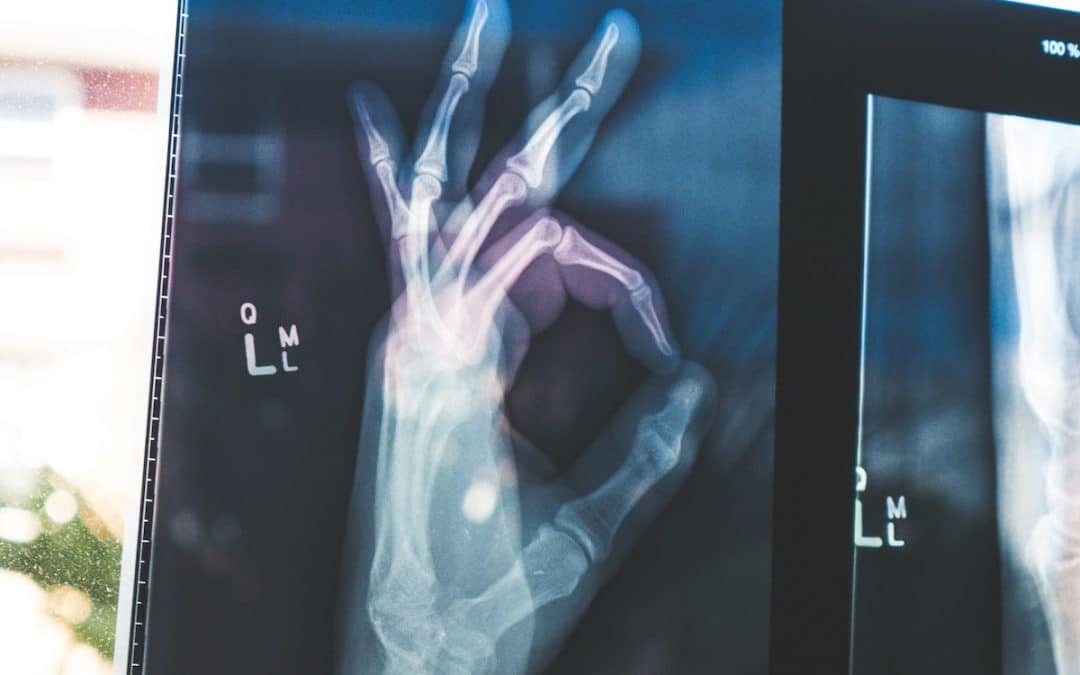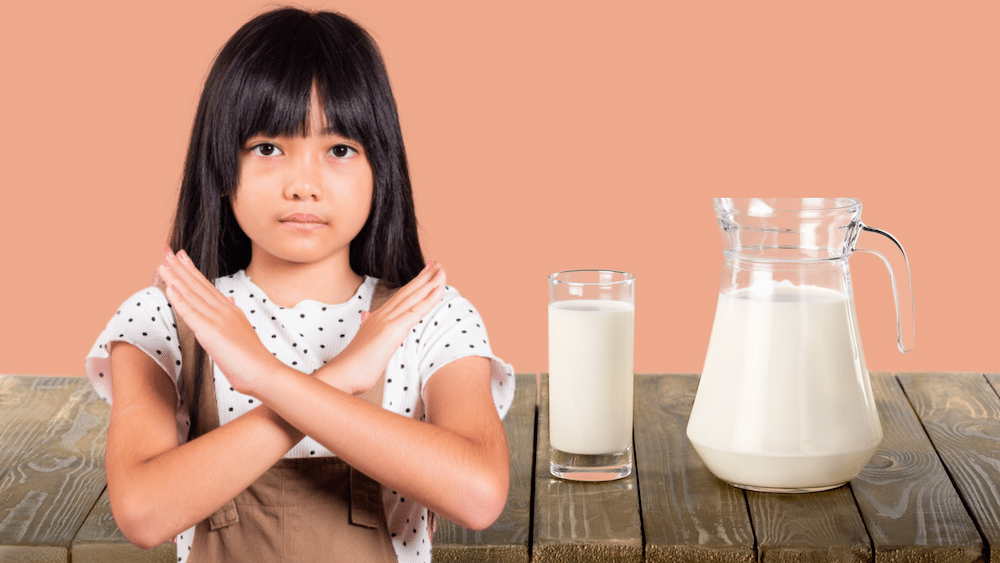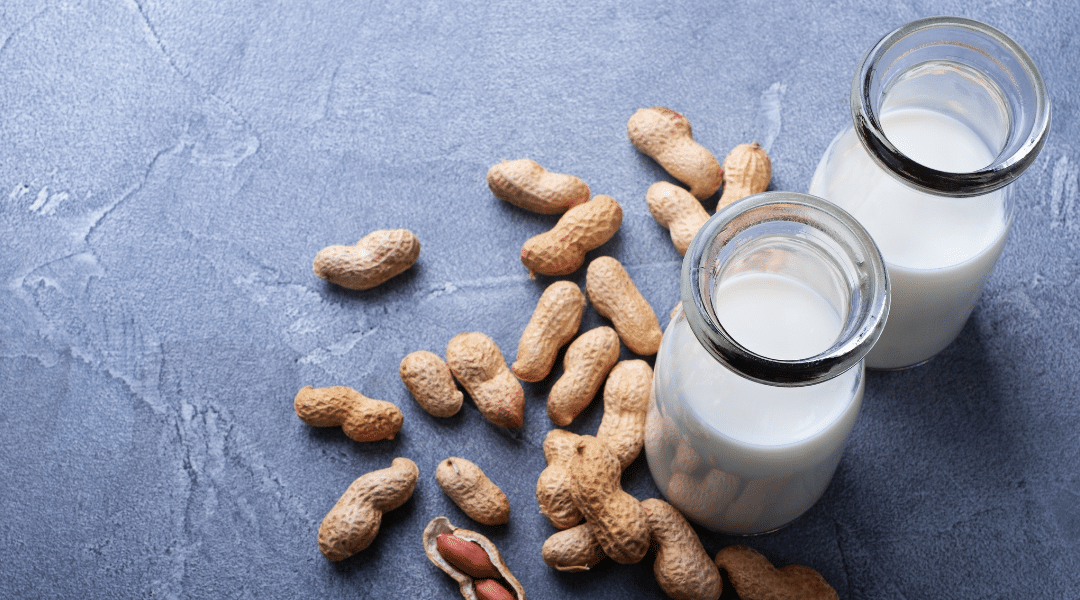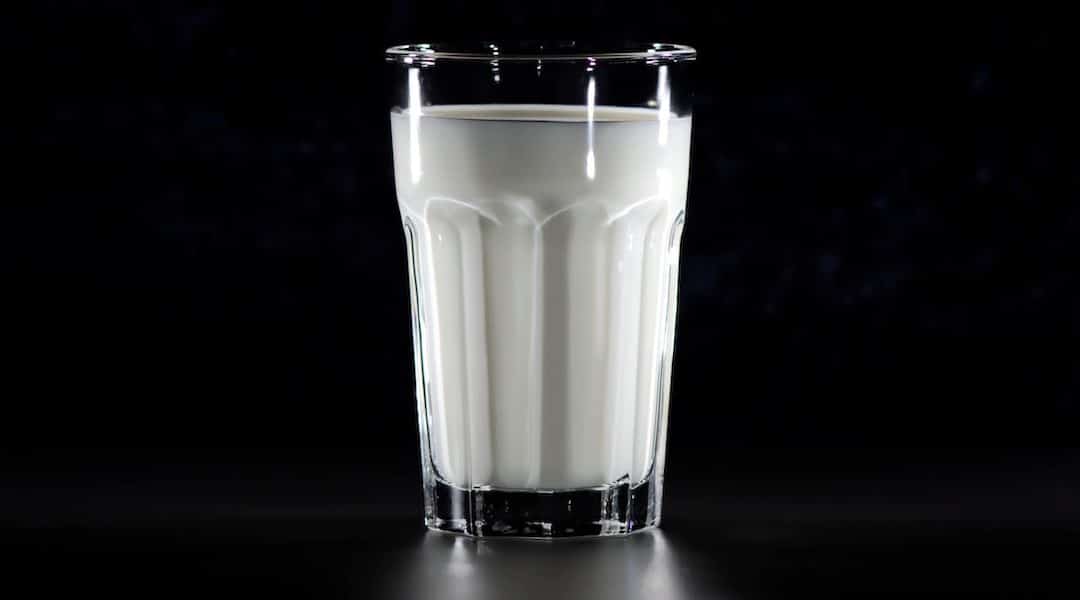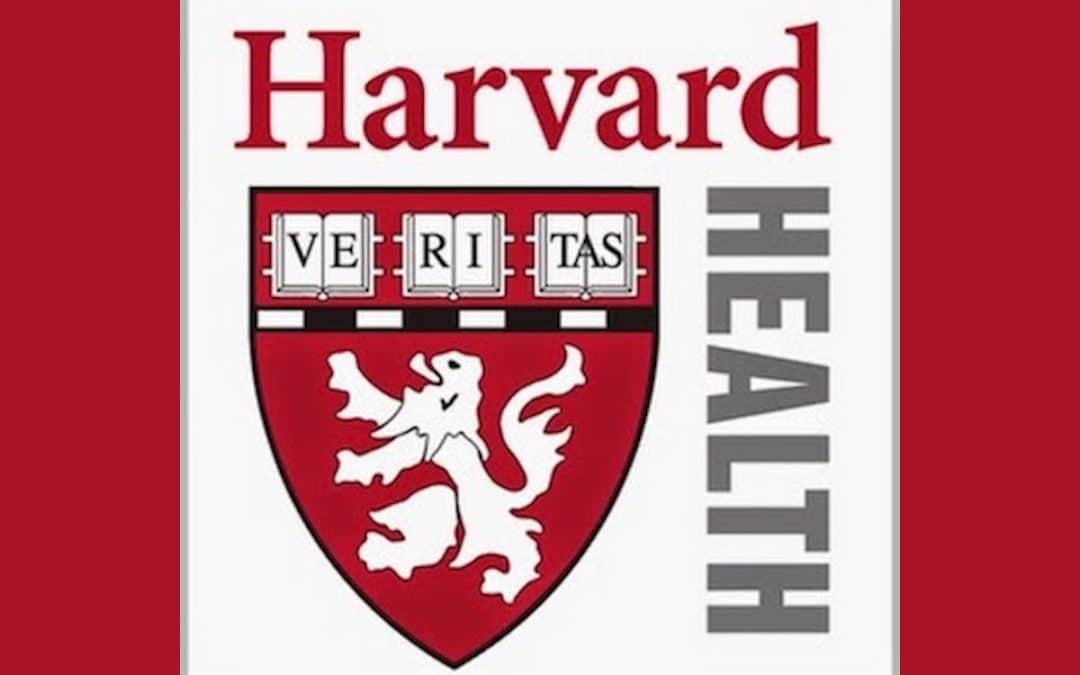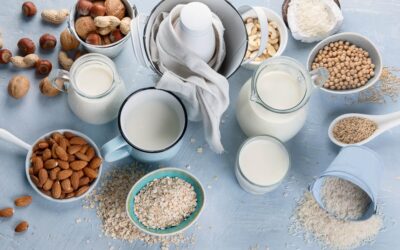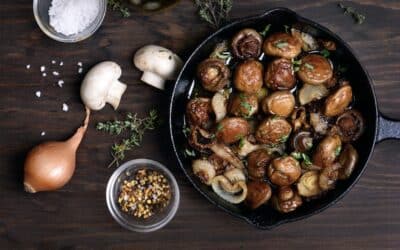What does it mean to be dairy-free? How is dairy-free different from plant-based, and is that the same as being vegan? Where do vegetarians fit in? Can you be vegan and paleo at the same time? There are so many labels to define our diets, and the terminology can be a bit overwhelming. Learn more about what each of these labels means to decide for yourself what you identify with.
Dairy-Free
To understand the dairy-free diet, we need to define dairy. At Switch4Good, we define dairy as:
Any milk or milk product made with the mammary secretion of a non-human animal. This includes milk from cows, goats, camels, yaks, reindeer, buffalo, horses, donkeys, and sheep. It also includes all products primarily made with milk including but not limited to lactose-free milk and lactose-free products, ice cream, sherbet, frozen yogurt, yogurt, cheese, butter, ghee, buttermilk, cream, cream cheese, whipped cream, cottage cheese, and coffee creamer.
Those who adhere to a dairy-free diet abstain from all dairy and dairy products, but they can opt to consume any other food they like. Some people who are dairy-free decide to avoid animal products, while others do eat foods such as eggs, fish, or meat. We advocate for sticking to plants at Switch4Good, as they provide the most health and environmental benefits, but we also acknowledge that going dairy-free alone has a tremendous impact. Adopting a dairy-free diet is a fantastic first step, and over time, you may wish to consider ditching other animal products to increase your impact on the sustainability of our planet and food system.
For all the benefits of a dairy-free diet, visit our Why Ditch Dairy page.
Plant-Based
A plant-based diet is free from any animal products. Those who eat plant-based do not consume any dairy, eggs, meat, fish, or gelatin. A plant-based diet includes grains, nuts and seeds, fruits and vegetables, plant-based protein, beans, and more. This can include sweets and desserts, plant-based burgers, and even pizza. There are infinite ways to enjoy plant-based meals. All of our Switch4Good recipes are plant-based.
For everything from easy weeknight dinners to sweet treats, visit our Food page.
Vegan
Nutritionally speaking, a vegan diet is the same as a plant-based diet. The term plant-based became popular as a way to circumvent the negative connotations associated with “vegan.” When veganism first started gaining in popularity, it was put down by many as “lesser,” and some associated vegans with extreme activism. Due to the rapid adoption of the vegan diet around the world, more people are using “vegan” to define themselves.
Like plant-based, a vegan diet does not include any animal products including dairy, eggs, meat, fish, honey, or gelatin. Also, like the plant-based diet, there is a vegan version of everything: lasagna, sushi, brownies, cake, cinnamon rolls, cheese, and even specialty foods like pâté. For our favorite vegan products, visit our Dairy-Free Alternatives page.
A note on gluten: it’s not uncommon for veganism and gluten-free to get intertwined. A vegan diet can include gluten, as it is not an animal product. Some people decide to refrain from gluten due to celiacs disease, but that is up to the individual. You can be vegan and eat gluten.
Whole Food Plant-Based (WFPB)
The whole food plant-based diet is free from all animal products and refined foods. Someone who adheres to the WFPB does not consume foods such as sugar, oil, bleached flours, or any products made with these ingredients. For example, a veggie burger patty made from beans, vegetables, and oat flour would be part of a WFPB diet; however, a store-bought vegan patty made with oil and other highly processed ingredients would not be WFPB. A brownie made with dates, salt, cacao powder, and vanilla is WFPB, whereas a brownie of white flour, sugar, and dairy-free butter is not.
Those who choose a WFPB diet may experience an assortment of health benefits including weight loss, less inflammation, and even reduced symptoms of some chronic diseases. For more information on the WFPB diet, listen to our Switch4Good podcast episode with Dr. Joel Fuhrman.
Raw
Also known as the raw whole foods plant-based diet, those who consume a raw diet do not eat anything heated above 118 degrees Fahrenheit. Like the WFPB diet, a raw diet does not include any animal products or processed or refined foods. Beyond smoothies and salads, a raw diet may include foods such as zucchini lasagna, gently-warmed soups, and cashew-based cheesecakes.
For more information on the raw diet, listen to our Switch4Good podcast episode with TJ Long.
Vegetarian
A vegetarian diet excludes meat and fish. Those who identify as vegetarian may eat eggs, dairy, gluten, and honey. Vegetarianism is often the first step people take toward a plant-based diet, but at Switch4Good, we believe going dairy-free can better set an individual up for success. Once someone can comfortably go without dairy-based cheese, replacing other animal products with plant-based foods is easy.
For an evidence-based approach to making the switch for good, check out our Make the Switch page.
Pescatarian
Those who identify as pescatarian do not eat meat from land animals. Pescatarians may eat fish, eggs, dairy, gluten, and honey. Some choose this diet following the belief that they need fish for essential omegas; however, it is not necessary to consume fish for these nutrients. Omegas can be found in plant-based foods such as flax seeds, hemp seeds, chia seeds, and some nuts. An algae-based supplement is also an option.
For more information on omegas, read our article, Everything You Need to Know About Omegas.
Gluten-Free
A gluten-free diet is simply defined by the absence of gluten from the diet. Those who choose to eat gluten-free avoid this substance entirely which is most often found in the form of wheat-based products and its derivatives. Common gluten-containing foods include white and wheat flours, pasta, cereals, baked goods, seitan, crackers, beer, and some sauces; however, there are gluten-free analogs to all of these foods. Those who are gluten-free can eat meat, fish, dairy, eggs, honey, and gelatin if they please.
Going gluten-free is essential for those diagnosed with celiac disease. These individuals cannot process gluten and get extremely ill if they consume it—somewhat similar to what happens when a person with a dairy allergy consumes dairy. When gluten presents a medical issue, many feel relief after going gluten-free, similar to how people feel after going dairy-free.
For a tasty dairy- and gluten-free recipe, try this easy Blue Ribbon Cherry Blueberry Pie.
Paleo
The paleo diet is loosely based on the foods our human ancestors are believed to have eaten. Those who eat paleo do not consume gluten, dairy, legumes, or grains. While the paleo diet has a wide variety of interpretations, the general consensus is to cut out processed foods and focus on low-glycemic fruits and vegetables, nuts and seeds, lean meats, and fish. A paleo is high in protein, moderate in fat, and low in carbohydrates. Using this macronutrient breakdown, it is possible to adhere to a plant-based or vegan diet and follow paleo practices.
Not all doctors recommend a paleo diet. For more information as to how it may negatively affect your health, listen to our Switch4Good podcast episode with Dr. Micahel Gregor.
Keto
The keto (also known as the ketogenic) diet severely limits carbohydrates in order to force the body to obtain energy from fat and protein sources. It is a short-term (no longer than six months) diet for potentially rapid weight loss. Those who adhere to a keto diet avoid starch-based produce and refined carbohydrates and focus on high-fat, high-protein foods such as meat, dairy, and nuts.
For more information on the keto diet—particularly on a plant-based or dairy-free diet—listen to our Switch4Good podcast episode with Chef Suzi Gerber.

